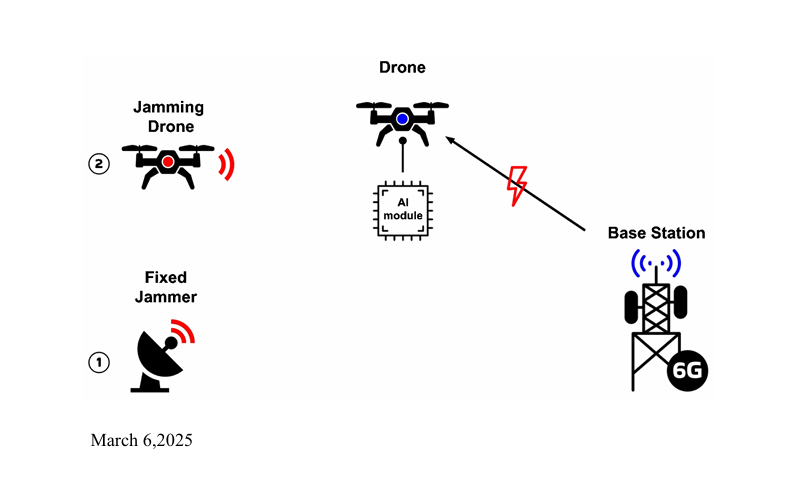The Impact of RF Jamming on Drone Operations and Modern Warfare
Drones have become an integral part of various fields, from commercial applications to military operations. However, the increasing reliance on drone technology has also led to the development of countermeasures, one of the most prominent being radio frequency (RF) jamming. This technique disrupts the communication link between a drone and its operator, rendering it unresponsive to commands.RF jamming works by emitting strong signals on the same frequency used by drones for communication. When the interference overpowers the control signals, the drone can lose connectivity, forcing it to hover, return to its starting point, or crash. Jamming can be intentional, as seen in military operations, or unintentional due to the presence of multiple electronic devices sharing the electromagnetic spectrum. In urban areas, interference from Wi-Fi networks, mobile phones, and other wireless systems can disrupt drone communications, even if not deliberately targeted.
The use of RF jamming has been particularly significant in conflict zones. In Ukraine, drones play a crucial role in surveillance and combat strategies, leading to the widespread deployment of jamming technologies by opposing forces. Reports indicate that thousands of drones are rendered ineffective each month due to electronic warfare tactics. To maintain operational efficiency, continuous advancements in anti-jamming measures are necessary. This ongoing technological competition between jammers and countermeasures has reshaped modern warfare strategies.Jamming can be implemented using various techniques, including broad-spectrum interference that affects multiple frequencies, focused jamming targeting specific control channels, or a combination of both for maximum disruption. The devices used for these purposes range from large, stationary jammers that protect key locations to portable units designed for on-the-go interference. Some military-grade systems have even repurposed existing communication-jamming equipment to target drones specifically. To counter RF jamming, advanced communication technologies have been developed. Some drones utilize intelligent radio systems capable of detecting interference and dynamically switching to clearer frequency bands. This adaptive approach helps maintain connectivity even in contested airspace. Military and defense organizations continue to invest in resilient communication solutions to ensure drones remain functional despite electronic threats.As drone technology evolves, so do the tactics used to disrupt or protect them. The battle between RF jamming and counter-jamming measures highlights the ever-changing landscape of electronic warfare. Ensuring robust and secure drone communication remains a top priority in both defense and commercial applications, making technological innovation a key factor in the future of unmanned aerial systems.
.png)






Leave a Comment
Your email address will not be published. Required fields are marked *